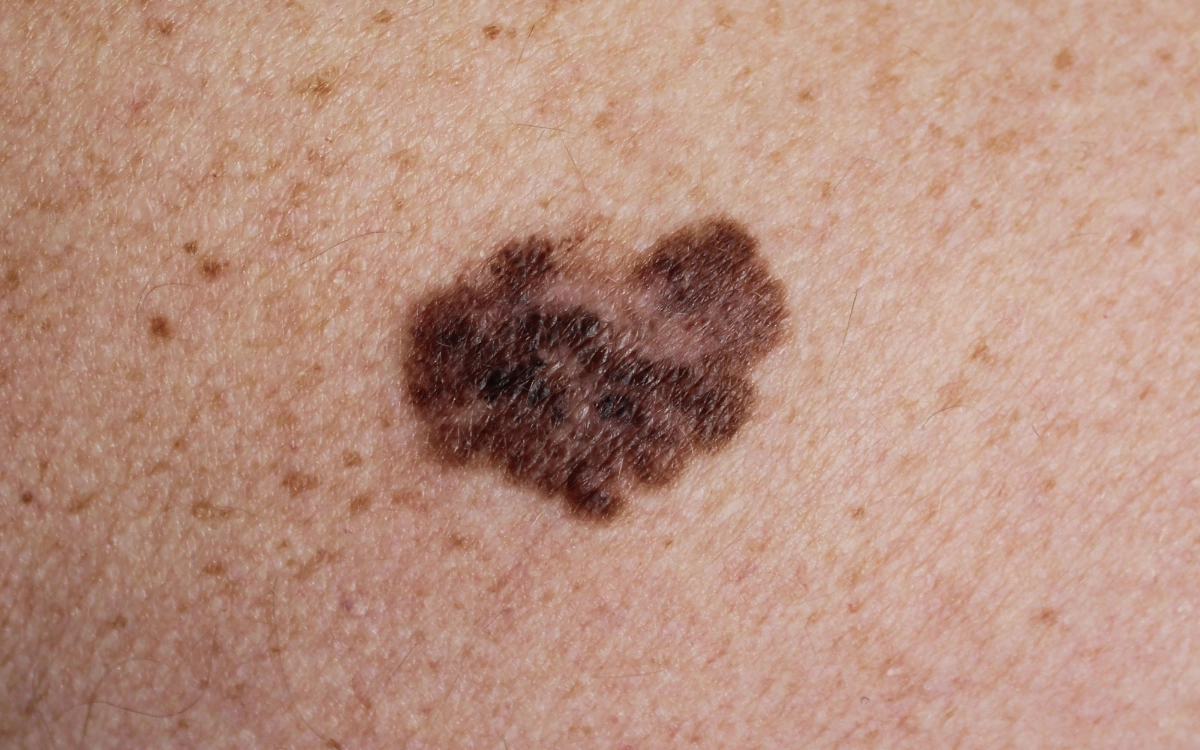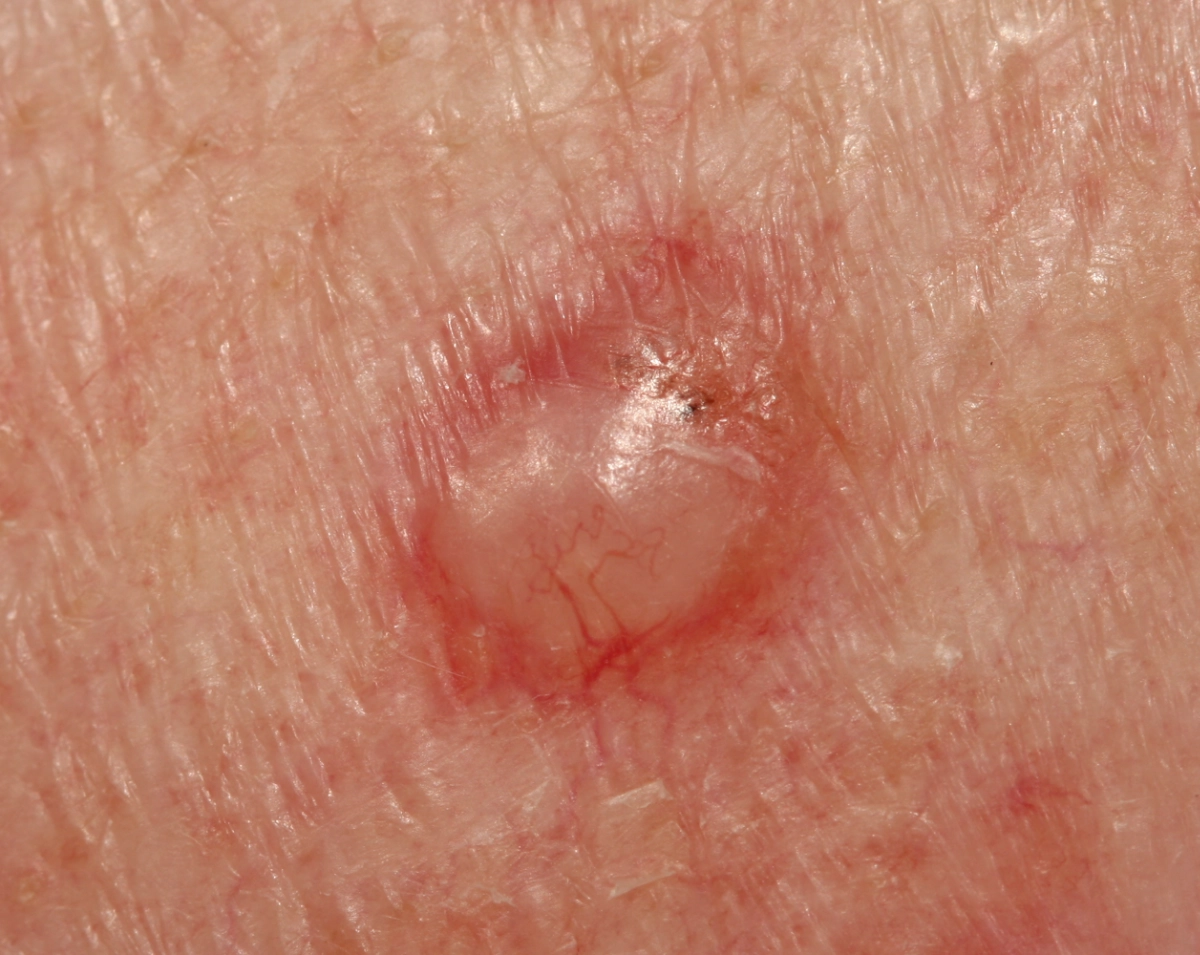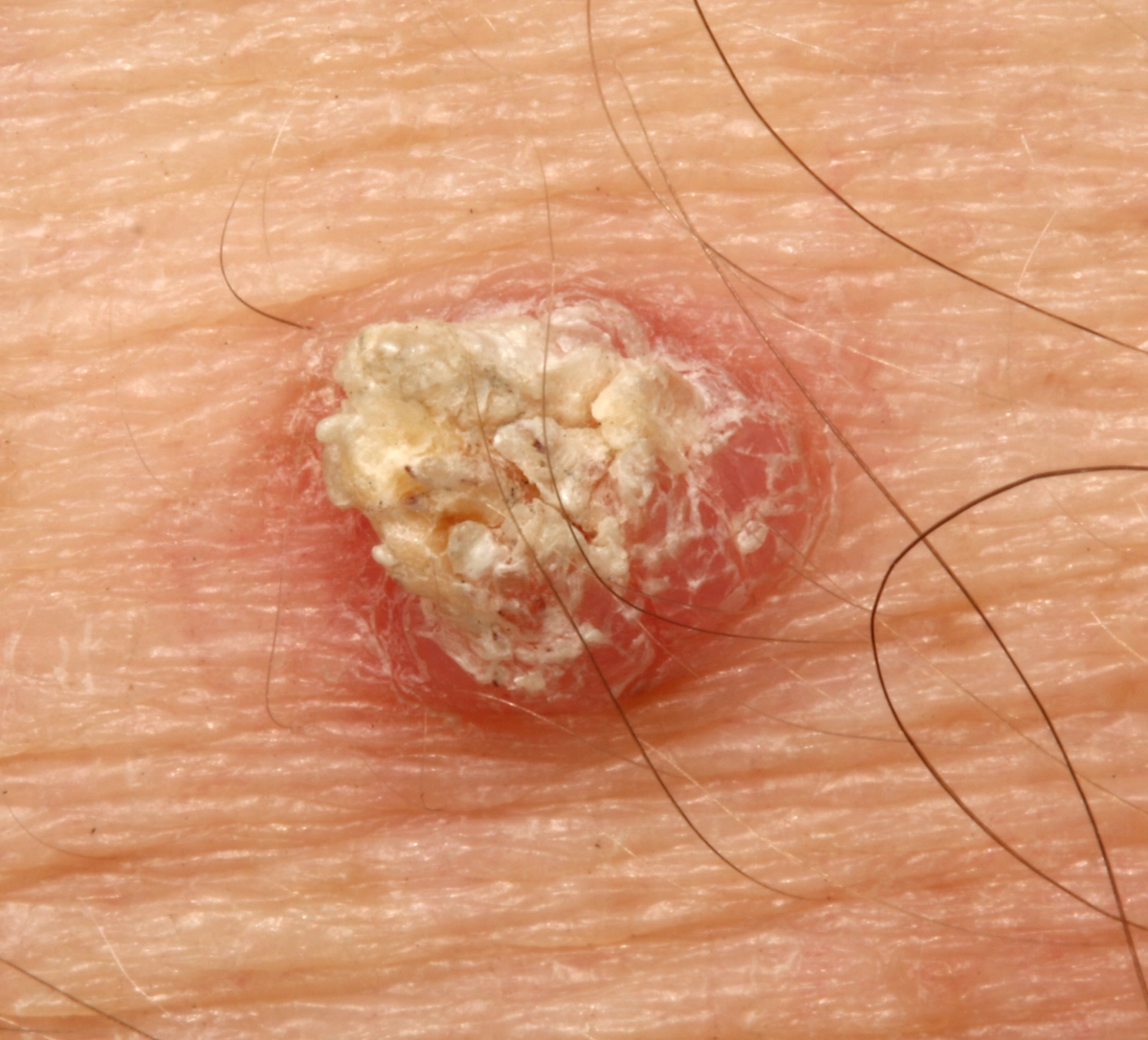
Skin cancer is the most common form of cancer, and it begins when abnormal skin cells grow uncontrollably. It often develops on areas of the body frequently exposed to the sun—like the face, neck, arms, and hands—but it can appear anywhere, even in places that rarely see sunlight.
When detected early, most skin cancers are highly treatable. That’s why awareness and regular skin checks are so important.

Skin cancer occurs when DNA in skin cells is damaged—most often by ultraviolet (UV) radiation from the sun or tanning beds. This damage can trigger mutations that cause cells to grow and divide out of control, forming tumors.
The most common types of skin cancer include:
- Basal Cell Carcinoma (BCC): Slow-growing, often appears as a pearly bump or patch
- Squamous Cell Carcinoma (SCC): May look like a rough, scaly spot or open sore
- Melanoma: The most serious form, often develops in or near a mole and can spread quickly if not caught early

Several factors can increase your chances of developing skin cancer:
- Prolonged or intense sun exposure
- History of sunburns, especially in childhood
- Use of tanning beds
- Fair skin, light hair, and light eyes
- A large number of moles or unusual moles
- Family or personal history of skin cancer
- Weakened immune system
- Age (risk increases with age, but melanoma is also common in younger adults)
Understanding the Signs of Skin Cancer
Knowing what to look for can save your life. Keep an eye out for:
- New growths or spots that change in size, shape, or color
- Moles that itch, bleed, or look different from others
- Sores that don’t heal or keep coming back
- Red, scaly, or crusty patches of skin
- Dark streaks under nails or on the soles of feet
Follow the ABCDE rule to spot suspicious moles:
- Asymmetry
- Border irregularity
- Color variations
- Diameter larger than 6mm
- Evolving—any change in size, shape, or feel
Skin Cancer: It’s Serious—But It’s Treatable
When caught early, most skin cancers can be removed completely with minimal impact. However, if ignored, some types—especially melanoma—can spread and become life-threatening. That’s why regular self-exams and professional skin checks are key.
How Can You Protect Yourself?
The best way to prevent skin cancer is to protect your skin every day, not just at the beach. Smart habits include:
- Wearing broad-spectrum sunscreen (SPF 30 or higher)
- Seeking shade during peak sun hours (10 AM to 4 PM)
- Wearing hats, sunglasses, and protective clothing
- Avoiding tanning beds
- Getting annual skin exams by a dermatologist
- Monitoring your skin monthly at home
The Good News: Skin Cancer Can Be Treated and Prevented
Advances in dermatology and oncology mean that today’s skin cancer treatments are more effective and precise than ever. Depending on the type and stage, treatments may include:
- Surgical excision
- Mohs micrographic surgery (high precision removal)
- Cryotherapy (freezing)
- Topical medications
- Radiation or immunotherapy (for advanced cases)
Don’t wait to get that suspicious spot checked. Whether you’re looking for peace of mind or in need of treatment, our team is here to help you take control. Early detection saves lives—schedule your skin check today.
